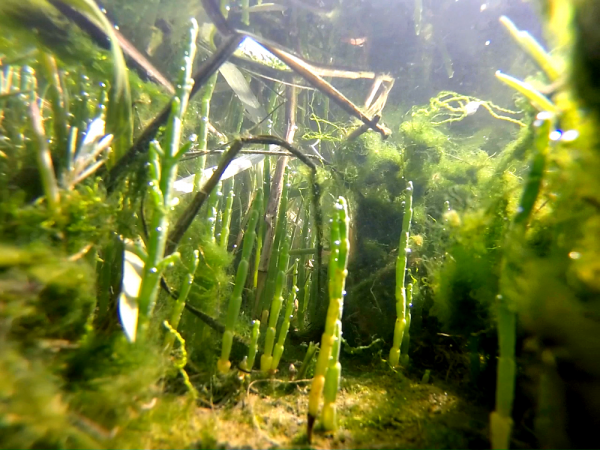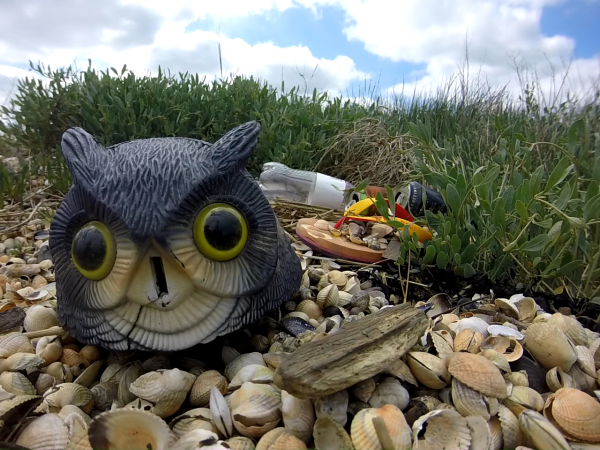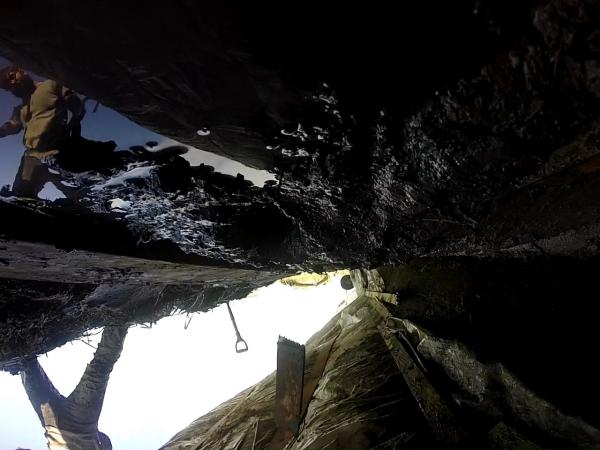- Wasted
- Plastic Raft
- Wrecked
- Database Addiction
- Endless War
- Evil Media Distribution Centre
- Invisible Airs
- Coal Fired Computers
- Database Documentry
- Aluminium
- Lungs
- MF2012
- Requiem for Cod

Wrecked Background

Sanfire growing on Two Tree Island
Context
The north bank of the Thames Estuary and its salt-marsh is the closest wilderness zone to London. An internationally important biodiverse habitat for sea molluscs, wild fowl and a vital fish nursery. Yet the 5 million visitors that come to Southend-on-sea each year know very little about the cultures, species, genealogy that inhabit the Thames estuary. Nor do they notice the hundreds of thousands of containers moving up the flood tide bringing exotic items from China to Tilbury or the London Gateway. Goods increasing in value by the distance they travel from source, burning cheap bunker fuel and creating asthma all the way. The estuary is also a historic space of sea foods, landfill sites, early dynamite factories, industrial exploitation and toxicity created by the Thames being used as the plumbing, and larder of London.

Owl head for bird scarring - disregarded with other rubbish - Two tree island
One of the many exciting things about Thames estuary culture is that it offers a different lens with which to view the terrestrial. As the land ends, the coast becomes the realm of the unbound, unconstricted and offers a freeness. People remove their cloths, laugh, lay in the sun and love. Laws and customs become loose in proximity to the sea giving rise to Southend-on-Sea and its associated drunken revelry that takes place at weekends in the summer. People who work in the sea fishing for London, engage in the world around them differently to those of who spend there life on land. Journeys at sea depend on tides, planetary motion, winds and unlike those on land leave no trace, sand bars, fishing grounds move to the whim of non-human agency. This life threatening milieu of the sea has led fisherman and others to hold beliefs that are at once non-modern, superstitious, animistic that date back millennia and at the same time require them to become ultramodern in using technologies of navigation.

Souvenir return to winter mooring
By fostering a critical creativity, through a series of public artworks, participatory workshops, a video, publication and various social media outlets. Wrecked in the Intertidal Zone will offer those visitors to Southend-on-sea the chance to engage with a lens from the sea and for local people explore how art can represent/initiate local knowledge into the realm of governance that presides over the Thames Estuary.

Fran from under the Souvenir
To achieve this Wrecked in the Intertidal Zone proposes the Thames Estuary be considered as a commons: a complex shared resource. That allows the estuary to be seen as a living, self-ordering structure that is acted upon by different species, tides and atmospheric conditions and in turn acts on those agents of transformation. This proposition is counter to the estuary being thought of as a natural environment, a separate world that humans both exploit and attempt to conserve, which has created a dualism between exploitation and conservation, and between humans (not nature) and the natural world.
Smart sea's and citizen science.
Sensors are increasingly creating smart seas and play an important role in this dualism as they try to reduce the estuary to a series of logics. They simultaneously assist in the exploitation and conservation of the estuary. They transmit live information about all aspects of the estuary from tidal flows, wind, humidity and the monitoring of pollution. Scientists examine this sense while studying the growth of cockles, barnacles, silt flows, fish stocks, preparing for the possibility of compensation for fisherman caught in a struggle to contest whether the dredging for the new container port is creating a loss in fish stocks or is responsible for coastal erosion.
The unknowable super complex ecology of the Thames estuary is transfigured into logics, a structuring of information into knowledge, so that authorities can make the estuary governable for they imagine are stake holders. In this way knowledge gathered from the Thames Estuary has a complex relationship to the powers that manage it caught in an endless dualism. Sensors extract information by verifiable methods, which are then abstracted into metrics to be presented at planning meetings or in a legal sphere.
When we consider the estuary as a commons, the primary proposition of Wrecked in the Intertidal Zone. We can involve other forms of structuring information into knowledge. Our collaborators situated knowledge has arisen through the more informal processes of observation and action, such as fishing, sailing, walking, and bird watching. These less formal method of knowledge production usually fall outside of the decision-making process yet yield great impact on those living within reach of the estuary. How can art as a mode of critical creativity help to structure these local cultural forms to engage in policy through the representation of situated knowledge.
 bnr#55 => Invisible Airs, Contraptions, Bristol, UK
bnr#55 => Invisible Airs, Contraptions, Bristol, UK